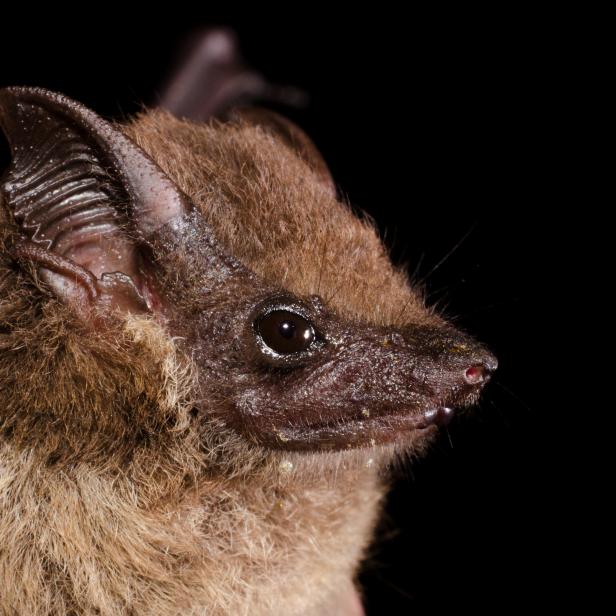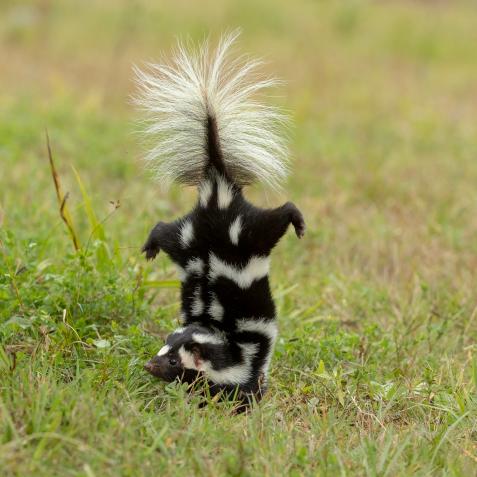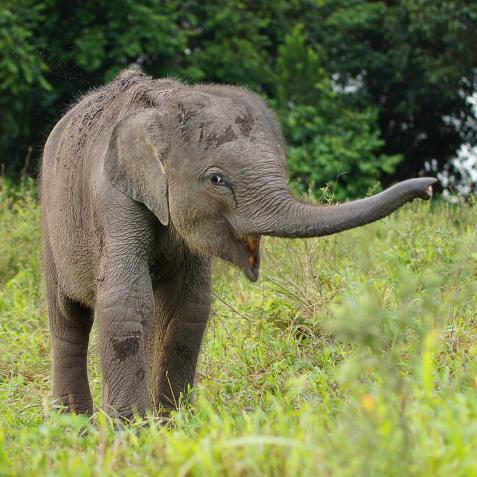
Gabriel Mendes
Bat Pups Babble like Babies
Baby greater sac-winged bats show similarities to human babies in the way they string together syllabus before they can learn to “talk.”
What do bats and humans have in common? Not much. We’re separated by more than 65 million years of evolution. However, our two species share a common trait regarding learning how to speak: babbling.
Just like when human babies babble from “ma-ma-ma” to “mom,” wild bat pups of one species learn the mating and territorial songs of adults by babbling out streams of syllables.
“These findings suggest that there are deep parallels between how humans and young bats learn to control their vocal apparatus,” said Tecumseh Fitch, a cognitive biologist at the University of Vienna.
In humans and in greater sac-winged bats (Saccopteryx bilineata) babbling is a way of practicing — learning to articulate the syllables that make up their species’ vocabulary and honing these vocalizations.

Gabriel Mendes
Greater sac-winged bats are the most common bats seen in the rainforest. Native to Central and South America, these animals are relatively small — about two inches long.
A baby’s “ga-ga-gas” may sound like gibberish, but it is an important step in learning how to talk. While many songbirds learn to babble their songs too, sac-winged bats are the only other mammals discovered to babble like humans.
The nature of the bat pups’ babbling changes over time as they perfect their songs. Analysts recorded over 216 babbling bouts of 20 bat pups in Costa Rica and Panama. “It instantly reminds you of infants,” said Ahana A. Fernandez of the Museum of Natural History in Berlin, who analyzed the recordings.
Researchers suspect there are more babbling species. Scientists are looking to mole rats, giant otters, and dolphins as potential research subjects for more exploration into babbling in mammals. Further research into babbling could help reveal language’s fundamental building blocks in the brain.


















